7 Tips for Better Creative Collaboration
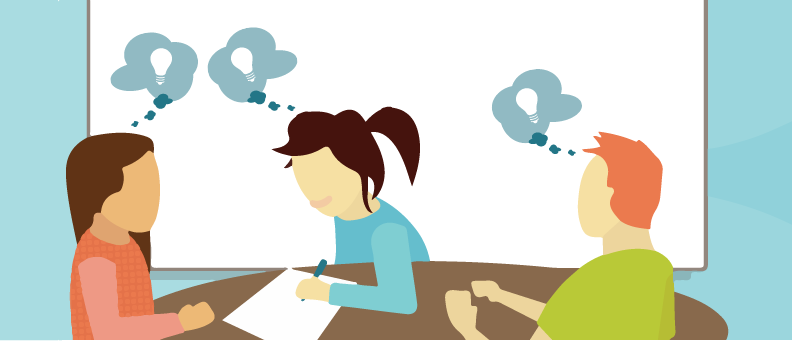
Good creative collaboration is the foundation of all our work at Mightybytes. In this post, we explore seven ways you can create an environment within your organization that fosters better collaboration.
Our clients hire us to devise creative solutions to some of their most vexing problems. We know that good collaboration practices can make the difference between an organization’s success or failure, so we incorporate these practices into all our client projects, virtual and in-person events, brainstorming sessions, day-to-day operations, and especially in our workshops, where creative collaboration is absolutely critical to their success. Collaboration is also a key component of building a more sustainable world.
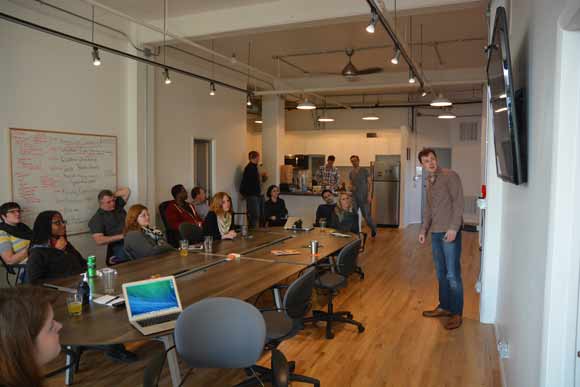
Done right, good creative collaboration helps you solve problems faster, design smarter solutions, engender mutual trust, forge better relationships, and, ultimately, saves time and money. Who doesn’t want that in their organization?
But what does it take to incorporate this magical blend of creativity, empathy, curiosity, and optimism into your own organization? Let’s explore several things you can do.
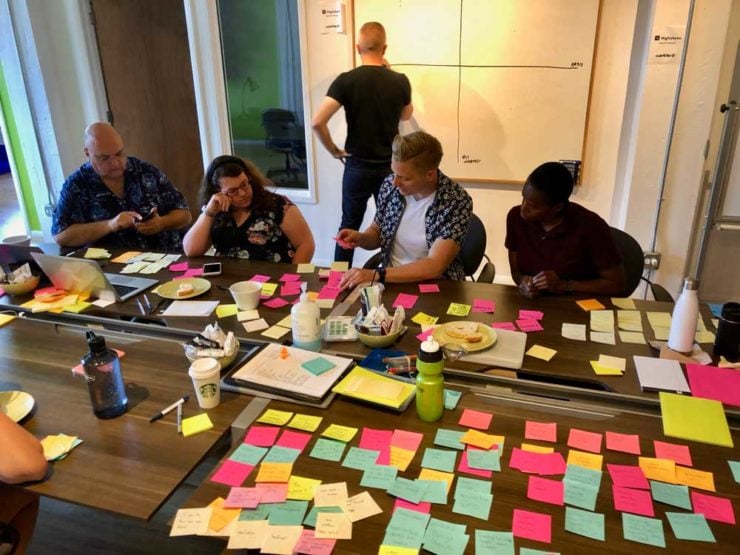
Improve Creative Collaboration with These 7 Tips
1. Meet People Where They’re At
Some people aren’t comfortable talking in groups. Others can monopolize all the time and energy in a room. Some are great with sketching ideas while others are better at focusing on writing or strategy. For any creative collaboration, make sure you level the playing field by encouraging input and soliciting ideas from everyone while also respecting their individual strengths and preferences.
This can be tricky. When it comes to creativity, people can get very outspoken and passionate about their ideas. It is important to foster an environment that helps you fall in love with your problems rather than any one person’s solution. A seasoned facilitator can sense the room energy and help everyone play to their strengths. Which brings us to the next point . . .
2. Leverage Diverse Opinions
It’s a known fact: diverse opinions, viewpoints, cultural backgrounds, and experiences yield better solutions. Don’t just invite the designers to your workshop. Bring people whose varied experience and ideas will provide a unique perspective to the problem you hope to solve, then provide a safe, comfortable space to explore ideas.
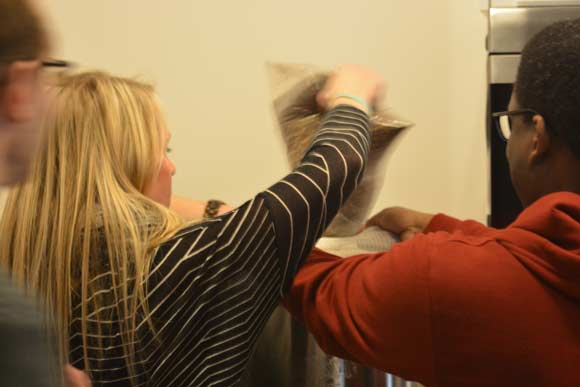
3. Foster a Creative Environment
Sure, Play-Doh and pipe cleaners are great tools for certain exercises. However, consider taking a step back. Ask yourself: what would foster the best creative environment?
For years, we grounded many of our event-based collaborations in beer brewing. Like creating digital products, the process for brewing beer is both creative and technical. Plus, it involves precise ingredient timing followed by long stretches of waiting—perfect for running creative exercises!
Beer brewing won’t work for everyone. However, it allowed us to accomplish multiple things at once while also giving our brains regular breaks from deep creative thinking, which can be exhausting.
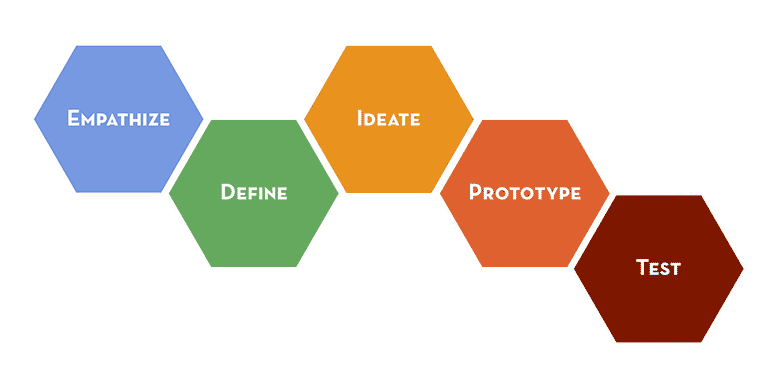
4. Try Design Thinking
Design Thinking empowers teams to quickly create and test potential solutions for many challenging problems. It puts people at the heart of the design process and asks us to challenge our assumptions, communicate visually and inclusively so everyone has a voice. It also requires that we iterate regularly based on continuous feedback.
Also, Design Thinking is the model upon which design sprints were created. You may need to bone up on processes and try this a few times before it feels comfortable. However, the results are usually worth the effort.
Further reading: 101 Design Methods or Creative Confidence.
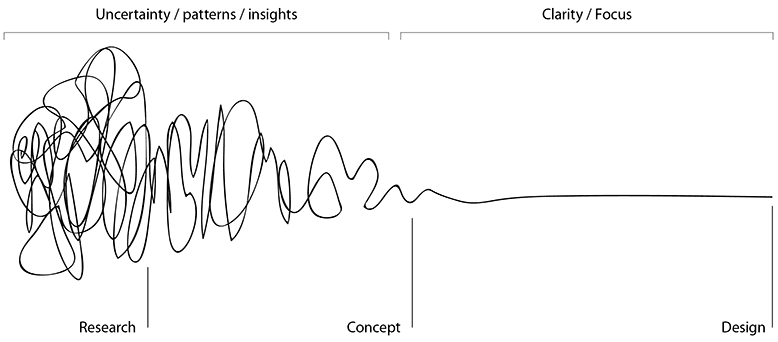
5. Say Yes to the Mess
You can’t reach good solutions without opening your mind to uncertainty. Embrace that. It’s okay to acknowledge that you don’t have all the answers. In fact, it is preferable to enter any creative collaboration by leaving your assumptions at the door.
Human nature dictates that we try and control things and rally around our solutions (rather than fully exploring our problems). However, better solutions arise when we look at a messy problem from a variety of different angles. Take the time to embrace the uncertainty and reap better rewards over time.
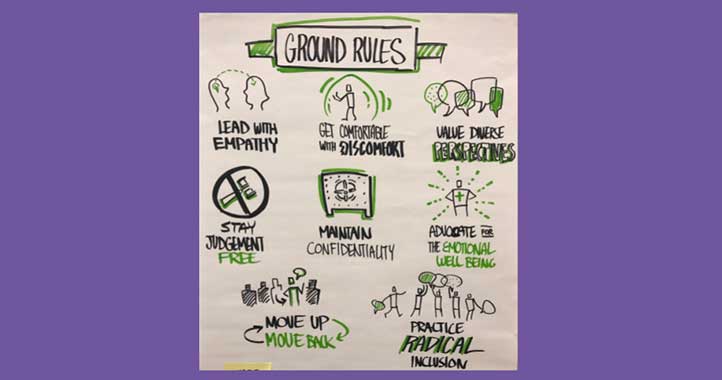
6. Create Ground Rules
This one is simple yet critical for success. Create a set of ground rules that everyone can rally around at the beginning of any creative collaboration. For starters, base these rules on empathy and altruism. Make sure people understand the collaborative process you plan to use and that they feel comfortable, respected, and appreciated for giving their time.
For example, we have adopted a variation of B Lab’s ground rules, which they post on the wall as well as in the first slides of any presentation deck:
- Lead with empathy
- Get comfy with discomfort
- Value diverse perspectives
- Stay judgement-free
- Maintain confidentiality
- Advocate for participants’ emotional well-being
- Move up to speak, move back to let someone else speak
- Practice radical inclusion
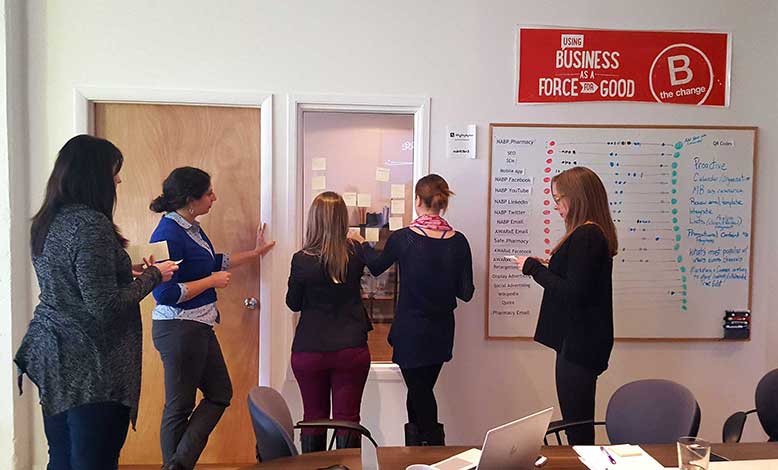
7. Set Specific Team Goals
Finally, every creative collaboration should have a clear set of goals and desired outcomes. Communicate clear expectations regarding what you hope to achieve. Sometimes, it’s helpful to walk participants through your goals up front, then revisit them as needed throughout a workshop. Also, leave the door open for new ideas (see the point about embracing uncertainty above).
Creative Collaboration Doesn’t Happen in a Vacuum
Solving creative problems is messy, challenging, and sometimes stressful. However, people coming together for a common purpose can also be exhilarating, productive, and fun as well. Furthermore, creative collaboration typically yields far superior results to more traditional “waterfall” practices that involve endless documentation cycles.
Plus, with remote collaboration, these methods translate well thanks to helpful digital tools like Miro, Mural, Allo, InVision’s Freehand, and others. Knowing this, why wouldn’t you incorporate some of these practices into your organization?



